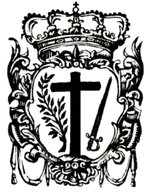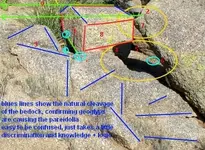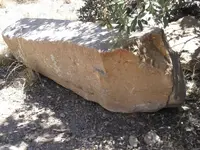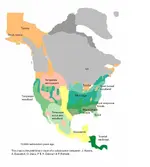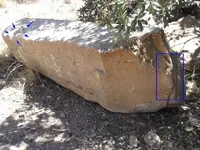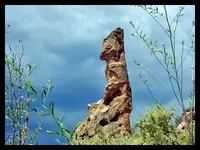Boundary markers - an interesting subject. The native populations didn't really use them per se. In our southwest, primarily stable, place-bound pueblo people, a culture's 'boundaries' were generally 'marked' by major gateway-type natural landmarks, such as sacred mountains, rivers, etc. These folks had no reason to 'mark' their boundaries because their cosmology didn't allow that they 'owned' land, just made use of it. Same goes for the nomadic types, Navajos and Apaches in recent centuries. We found an extremely interesting engraving in a magnificent 'treasure' location that included an Apache word (indeh), and asked an Apache aquaintence if he thought his people may have been responsible. He laughed and said, 'Indians don't claim to own anything - must have been White Eyes'.
OK, White Eyes. The Kensington Rune Stone, an engraved rock found near Alexandria, MN, by a pioneer clearing his land, may well be a land-claim marker left by Europeans who were exploring there in the 1300's. If so, the legal implications of land ownership might be interesting, assuming documentation could be located that confirmed the stone's placement and purpose. Our pointy-head archies have been quick to dismiss this stone as a hoax of course, but the evidence presented by persistent investigators seems to verify the discovery as valid. Anyway, a possible boundary marker.
By the way, this opens a subject of extreme interest. The more focused TH-er's investigating the huge caches thought to exist in the Southwest speculate that these storehouses have been in place far longer than the 'Spanish' era and are owned by a group that not only placed them in their locations, but also have a 'legal claim' to ownership of North America as well. Marked boundaries? I've got a rambling book that was self-published by a guy in Utah that purports to show the 'huge manmade signs' from the 'Ancients' that he has discovered, primarily in the California deserts. The gigantic 'carved' monuments that he and others have offered show no evidence of anything other than natural phenomena. I like the idea myself, and intuitively can support the concept, but I haven't seen any evidence yet that I'd care to hang my hat on. To my way of thinking, if I were to leave a 'bounday claim', it would be obvious and unmistakable, not something you had to stand on one leg and squint at the Solstice to visualize.
You and others seem to attribute a great number of carvings found hither and yon to the 'Spanish'. As you know, I've been skeptical about a lot of this free candy. I won't bore you here with the reasons why.



